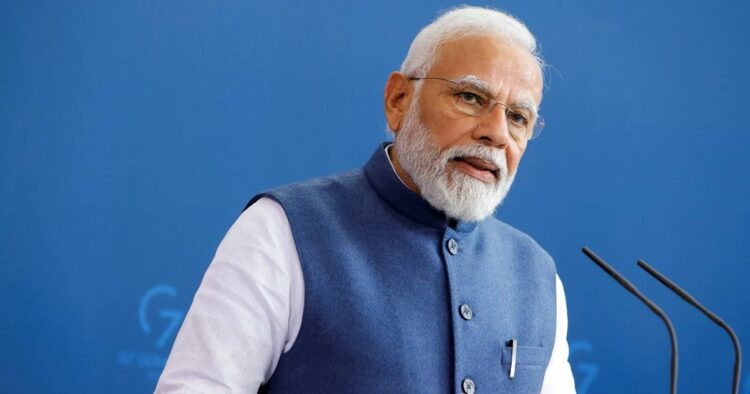In a recent meeting chaired by Prime Minister Narendra Modi, a comprehensive review of Bharat’s readiness for the upcoming heat wave season took place. The meeting was prompted by a warning from the country’s weather forecasting agency, indicating a potential surge in the number of heatwave days between April and June.
During the gathering, Prime Minister Modi received detailed briefings on temperature forecasts, particularly focusing on Central and western peninsular Bharat, where above-normal maximum temperatures are anticipated. The Prime Minister’s Office highlighted the importance of preparedness within the health sector, emphasizing the availability of essential medicines, intravenous fluids, and an ample supply of drinking water to mitigate the potential impact of the heatwave.
Prime Minister Modi stressed the significance of a unified approach across all levels of government, urging coordination between central, state, and district administrations, as well as different ministries. He emphasized the need for heightened awareness campaigns and adequate preparations in hospitals, underlining the importance of swift detection and containment of forest fires.
The meeting saw the participation of key officials, including the principal secretary to the prime minister, the home secretary, representatives from the India Meteorological Department (IMD), and the National Disaster Management Authority. This collaborative effort underscores the government’s commitment to proactively address the challenges posed by extreme weather events.
The timing of the review meeting coincides with Bharat’s preparation for the upcoming Lok Sabha elections, the world’s largest democratic exercise. With tens of thousands expected to participate in political rallies and queue up at polling booths during the seven-phase polls, ensuring public safety in the face of potential heatwaves becomes paramount.
Kiren Rijiju, the Union minister for earth sciences, reiterated the gravity of the situation during the IMD’s seasonal temperature outlook briefing earlier this month. He emphasized the historical impact of extreme heatwaves on human lives and highlighted the significant strides made in disaster preparedness, including the formulation of a national disaster management plan.
According to the IMD’s outlook, the most heatwave-prone areas include Gujarat, Madhya Maharashtra, north Karnataka, Rajasthan, Madhya Pradesh, north Chhattisgarh, Odisha, and Andhra Pradesh. With the collaborative efforts of various stakeholders and heightened public awareness, Bharat aims to minimize the adverse effects of heatwaves and ensure the safety and well-being of its citizens during the upcoming months.

















Comments